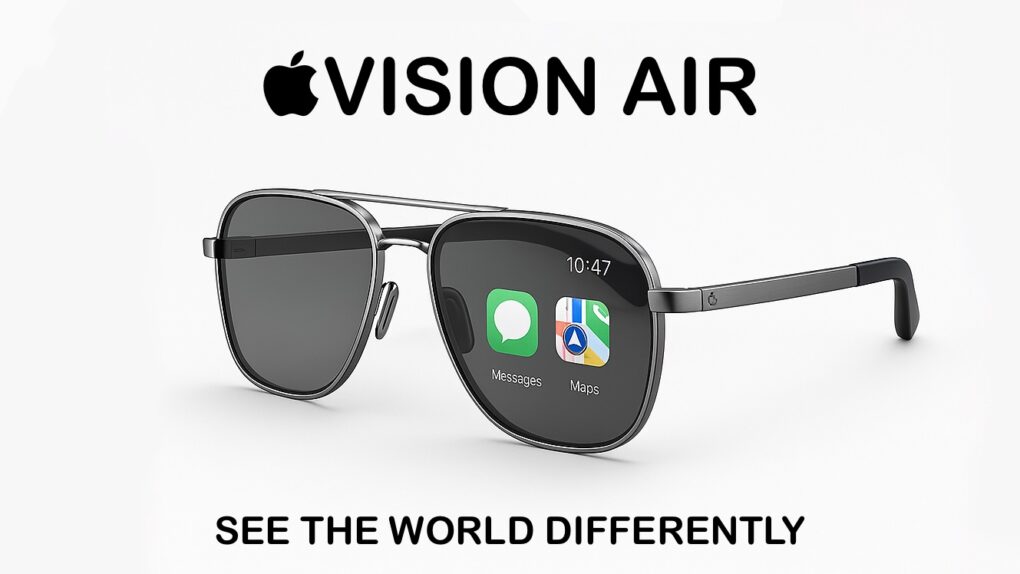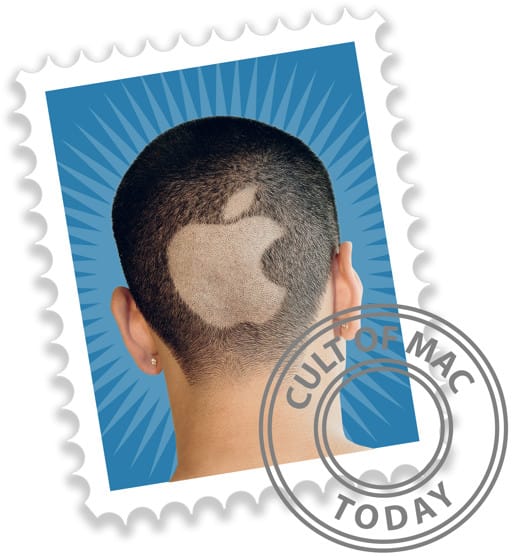Apple makes the bestselling phone, smartwatch and wireless headphones, and is fantastically profitable as a result. But if it can’t develop the Next Big Thing, it could easily be out of business in 10 years. But there’s no cause for concern — Apple is already working on the product that’ll replace the iPhone: smart glasses.
Even better, Apple is taking two approaches for developing smart glasses, which should go a long way toward ensuring that it makes the definitive version of the must-have computer of the 2030s.
Desktop to laptop to smartphone to smart glasses
Over the decades, the product known as the Next Big Thing keeps evolving … from desktop to laptop to phone. Each time, the most popular type of computer gets smaller and more portable while staying powerful. I’ve seen the process happen multiple times. What’s driving the movement is a desire to have useful computers with us, but we also refuse to carry around anything cumbersome.
Oddly enough, another persistent trend is people resisting the changes, especially very early in the development of each new type of computer. Decades ago, I remember desktop users criticizing laptops as being too small to ever be useful. And it wasn’t that long ago that people sneered at smartphones as little more than toys for teens.
So if you’re laughing at the idea that smart glasses could ever replace your iPhone, that’s because you haven’t seen the amazing version Apple will release in 2035 — it’ll make your current iPhone look like a ridiculously limited brick.
Eddy Cue, Apple’s senior vice president of Services, understands that the iPhone won’t be around forever. “You may not need an iPhone 10 years from now, as crazy as it sounds,” he said recently.
Apple smart glasses: The iPhone replacement
Today, we all know how fantastic the iPhone is. It keeps us in touch with the world, entertains us, and keeps us organized. It’s so great, it’s easy to overlook the downsides: We must pull them out of our pockets to check them. Either that or spend our lives hunched over a phone. Plus, they require a free hand.
Some company eventually will develop an iPhone replacement. The most likely candidate is Cupertino itself. And there’s an obvious candidate for the product: Apple smart glasses.
These always sit in front of our eyes and are hands-free. Imagine doing everything you do on your iPhone now, except on a large virtual screen seemingly floating in front of you.
And screens are important. Studies show that, on average, we spend four or five hours a day looking at our phones. That’s increased by about an hour in recent years. Clearly, we have to dismiss the idea that the Next Big Thing won‘t have a screen. That’s why Humane’s Ai Pin bombed, and why there’s no reason for Apple to be concerned about the screen-less gizmo that Jony Ive and OpenAI are cooking up.
In contrast, Apple smart glasses will offer the most convenient screens ever. That’s what makes them the computer of the future … and the iPhone replacement.
Two roads to Apple smart glasses
Apple understands this, which is why it started working on smart glasses many years ago. That’s the whole point of the Vision Pro headset and visionOS, the software that runs it.
The hardware for Apple’s brilliant AR headset is currently quite bulky, but Apple hopes technological improvements will allow successive models to shrink in size until the product eventually evolves into lightweight smart glasses with powerful augmented reality capabilities.
The problem is, the pace of technological development isn’t keeping up with Apple’s hopes, and it’ll be years and years before it can release a Vision headset that resembles ordinary glasses.
Simpler version first
So now Apple’s reportedly also coming at the problem from another direction: It’s developing simpler smart glasses for release in 2026. These won’t run visionOS, and the first generation might not even have a screen.
They’ll use the Siri voice assistant and will take advantage of Apple’s work on artificial intelligence, including Visual Intelligence. Built-in cameras will be able to identify nearby objects. And the smart glasses will be able to give turn-by-turn directions, make phone calls, play music and handle other simple tasks.
This product doesn’t take the place of future Vision AR headsets. Apple’s plan seems to be to make the powerful but bulky Vision Pro smaller and more affordable while simultaneously taking simple smart glasses and adding functionality. Eventually, they’ll meet in the middle with the slim, lightweight Apple smart glasses that’ll be the next big thing that replaces the iPhone … in five or 10 years.


